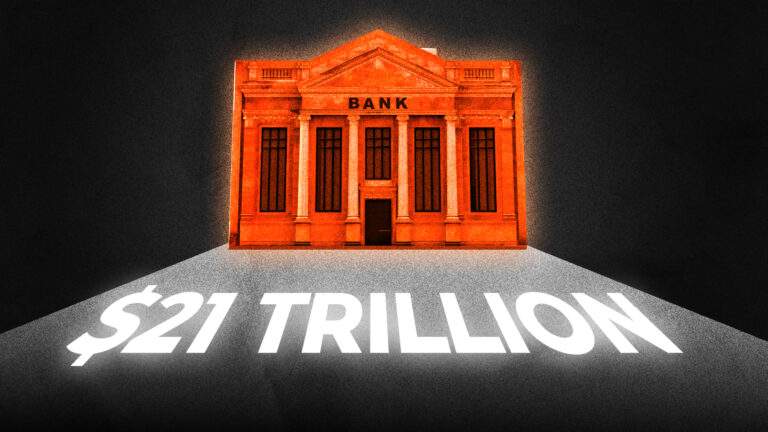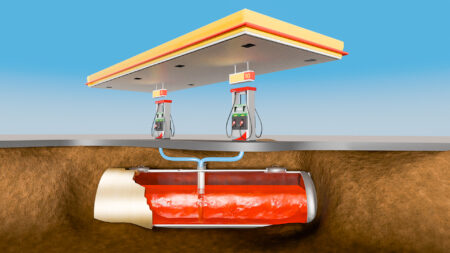On Christmas day 2021, the James Webb telescope finally launched on its long journey to explore our Universe. After years of delays and billions of dollars spent, the telescope was now on its way to lagrange point 2, an area in space 1.5 million km away from Earth. The telescope took 30 days to get there, but before James Webb ever left the ground, it went through a journey that was perhaps even more extraordinary.
The story of James Webb is pretty crazy. In fact, it’s almost a miracle that the telescope ever made it into space at all. Development of the telescope began all the way back in 1996 – and the launch was expected to take place in 2007.
NASA’s most valuable object
Between then and its eventual launch in 2021, the telescope went through a major redesign in 2005, suffered a ripped sunshield, almost got canceled by the US congress and even survived the COVID pandemic. All of this meant that the budget went from 500 million dollars to 10 billion dollars, by the time it was complete.
Because of this, NASA now had the world’s most precious and valuable object in its hands, and it had to be sent 9,000km around the world to the launch site. But before NASA even considered how it would traverse this complicated route, it had to find a way to package this rather valuable object.
Cardboard box technology had improved greatly over the last decade, but Webb needed something a little stronger.

James Webb custom shipping container
And so NASA built a custom shipping container called Stars, which would protect the telescope during its journey and act as a mobile clean room. The instruments on Webb are so sensitive that even a speck of dust or a fingerprint could cause serious damage to them.
This container was so clean that no more than 100 particles – much smaller than the width of a human hair – could be present inside the container. Each nut and bolt on the container was inspected with ultraviolet light to reveal any unwanted contaminants.
Only once it was perfectly clean could Webb be loaded into the container. This process took nearly a month, as the telescope had to be carefully folded into its launch configuration like a giant piece of origami. But before James Webb was even assembled, the telescope’s mirror also had to go through a crazy journey.
Transporting the mirror segments
The 18 giant hexagonal segments that form Webb’s mirror are made from a metal called Beryllium. This metal was chosen to keep the overall mass of the mirror extremely low while still retaining lots of strength. Despite being about 3 times larger than Hubble’s mirror, Webb’s mirror only had a fraction of the mass.
But in order to construct these perfectly polished mirror segments, they had to make 14 stops at 11 locations all across the US. The first journey started in the mountains of Utah where the Beryllium powder was mined and shipped to Ohio, where it was purified and turned into individual mirror blanks. Then, the blanks were sent to Alabama where each one was machined into a honeycomb structure to reduce mass.

The next destination was California, where the mirrors were polished to the exact shape, perhaps the most crucial part of the process. After this, the segments made several trips across the country, undergoing years of testing to check that they were polished correctly.
On the 9th journey, the mirror segments traveled to New Jersey, where gold was evaporated over them inside of a vacuum chamber to form a very thin coating. After some more testing, the mirror segments ended up in Maryland where they were assembled together and attached to the main instrument module.
After years of even more testing, the telescope arrived in Redondo Beach, where it was finally attached to its enormous sunshield. 17 years after the first mirror segment had been produced, James Webb was now ready to make its last journey on Earth.
Moving the telescope
The first leg of the trip involved getting from the Northrop Grumman facility in Redondo Beach to a port in Seal Beach where a ship would be waiting to take the telescope to French Guiana. Although this journey was just 41km, the transport team only had one chance to make it happen.
Before Webb hit the road, they used satellite images to inspect every single part of the route to find all of the possible hazards that would get in their way. Every pothole had to be filled and many traffic lights had to be lifted in order for the container to fit underneath.
To reduce the impact to the public and for the safety of Webb, the telescope traveled during the night. However, this meant that it just had a 6 hour window to make its 41km journey. This sounds easy, but since the container was so big and heavy, it could only travel at around 8 km/h.
And so, just in case any problems did occur, NASA had selected various safe havens along the way where Webb could take shelter and receive maintenance.
With Webb ready to go, it left the factory at midnight along with a convoy of support vehicles and police escorts. The crazy thing is that no roads were fully closed down, and regular traffic had to be carefully escorted around the telescope as it moved down the highway.
Several trucks carrying pressurized bottles of dry air followed Webb, constantly keeping its container topped up with the cleanest air. Eventually, the telescope arrived at the port in the early hours of the morning. Webb had successfully completed its first leg of the journey, but this was only the beginning.
Moving onto a ship
Webb was then loaded onto a French cargo ship, a process that involved first driving the container onto a barge and rotating it to face the cargo ship’s loading ramp. The container had to be kept almost exactly level throughout the journey.
So to avoid any rough seas, NASA worked with the crew of the ship and planned a route that would take them through the calmest parts of the ocean. This journey took 16 days in total, passing through the Panama Canal and sailing up the Kourou River to reach its destination at the Guiana Space Center.

All in all, the James Webb telescope took about 13 years to build – from the very first pieces being put together in 2004, to having a finished telescope in 2017. It wasn’t just a NASA project. Space partners from all over the world contributed parts to the telescope even before it made its journey to the launch pad. And now that the telescope is finally where it needs to be, we can look forward to the incredible discoveries it will make about our universe and the amazing pictures it will reveal.












